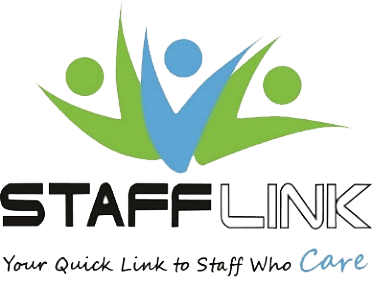HOSPICE CARE: AT LEAST 10 THINGS YOU MAY NOT KNOW
Most of us have at least heard of hospice care for those who have a terminal condition. However, there is probably some confusion on what hospice is and who pays for it. In this brief article, we will limit this to hospice care provided under Medicare. Please be aware that there is similar care provided by insurance companies for those not on Medicare.
Often, a patient will receive a referral from their health care provider or a hospital that may be affiliated in some direct way to a particular hospice provider. There are numerous approved hospice providers. However, the patient and their family is in charge of choosing the best provider for their needs.
Medicare covers hospice care under the following criteria:
- the patient is enrolled in Medicare Part A. Hospice care is usually covered by Medicare at no out of pocket cost to the patient or family. (The same can usually be said of Medicaid and most private insurance plans.) However, if the patient is in a facility it is likely the cost of the facility (not the hospice care) will not be covered. It is important to clarify this instead of assuming that the facility costs will be covered.
- has received a terminal diagnosis from a primary care physician or hospice doctor with the expectation that the person has less than six months to live. If a person lives past the 6 months, they will be reevaluated again and, if qualified, will receive another 6 month period and continue to be reevaluated after this.
- has opted for comfort care from a Medicare-approved hospice provider. This means medications for curing or controlling a terminal illness are usually discontinued. Medications used to manage symptoms and improve comfort are given. Food and fluids are continued under hospice. However, there usually will come a time when the patient is unwilling or unable to eat or drink. The goal is to keep the patient comfortable at this point.
- has signed an official statement choosing hospice care and committed to no longer receiving preventative treatments for the terminal condition
Hospice Care is provided by a team which starts with a comprehensive assessment of needs and preferences, not only of the patient but the entire family. The team of healthcare providers can include nurses, doctors, social workers, spiritual advisors and trained volunteers. Many families may wait “too long” to begin hospice. Under these circumstances, often there is not time to involve the entire team. Under hospice, grief counselors are available to meet with families for up to 13 months following the patient’s death.
When care is provided in a patient’s home, the provider will arrange for needed equipment – such as (but not limited to) hospital bed rental, an appropriate mattress, medications for comfort and pain easement and incontinence supplies. Typically, the initial assessment is provided by a nurse. Nurse visits are made as needed and often increase as the patient’s needs increase. The provider will usually provide a caregiver to give a bed bath – usually twice a week. Any additional personal care will need to be provided by the family or by a private care provider at the family’s expense.
DNR vs. CPR
Families may feel confused about the medical terminology, especially with the use of the terms DNR (Do Not Resuscitate) versus CPR (Cardiopulmonary Resuscitation). CPR involves mouth-to-mouth resuscitation and chest compressions. Performing CPR can often result in saving a patient’s life; however, it can also be difficult for the body to withstand at an advanced age or stage of illness. So, in short, DNR is an order not to revive a patient while CPR is a procedure to help save a patient’s life. Although it should not be required to have a DNR or reject CPR, most patients do agree to both. It is important to discuss these options with the hospice provider and with the family.
RESPITE CARE
Medicare can provide for up to five days at a time for short-term respite care in a Medicare-certified facility. However, the patient or the family may have to share part of the cost. Discuss this option with your hospice provider if your situation needs this short-term respite break.
Your relationship with the hospice company is very important. The initial assessment and accompanying paperwork will explain what to expect while you or your loved one is on hospice. Feel free to ask questions and share emotions. Remember the hospice team is prepared to not only offer physical and emotional comfort to the patient but also emotional comfort for the entire family. The death of your loved one will be an emotional experience. Hopefully, you have a support system. Remember that the hospice provider can also offer continued grief support for your family for 13 months after the death.
Pam Stone, BSW
Care Manager
StaffLink
- HOSPICE CARE: AT LEAST 10 THINGS YOU MAY NOT KNOW - April 22, 2025
- Four (4) Ways to Stay Connected as We Age - October 28, 2024
- Six (6) Exercises for Seniors to Start Improving Balance and Reduce Fall Risk - September 30, 2024

